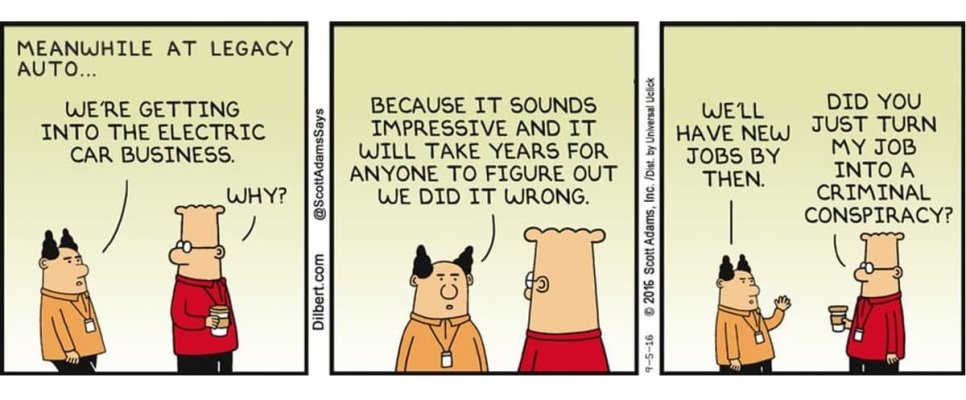JWellington
Guru
- Joined
- Apr 22, 2021
- Messages
- 655
I have found a bunch of the info interesting too, and all of it consistent with everything that I've said. Zero emissions in harbor while maneuvering on electric. That's nice, but it gets made up, plus some more once out of the harbor. Zero emissions at anchor. That's nice too, but it gets made up, plus some more once underway again. A short burst performance boost when needed, but no claim of it being more efficient. Only a vague claim of greater efficiency, but no context about when or under what circumstances, so it could be anything. It could be that while both propelling the boat and recharging batteries, the engine operates more efficiently than if propelling only. This is reasonably achievable, and would be a true statement. But it has been left to our imagination. What we know from the science is that any such gain is overwhelmed by other losses.
All that said, we have living proof that people still think this is holistically more efficient.
^^^^^^From a guy that doesnt accept any stats, nor any testimonies from customers, like fishing companies who say they save on fuel, no ctedibility.



 I said I have this fob, nowhere on dash is a start button, how do you make it go. He laughed and said press the (er) gas pedal.
I said I have this fob, nowhere on dash is a start button, how do you make it go. He laughed and said press the (er) gas pedal. 